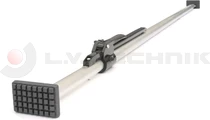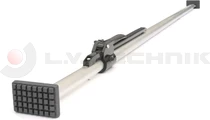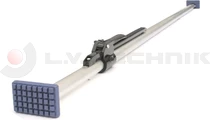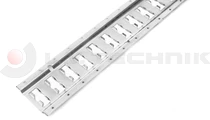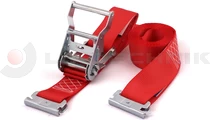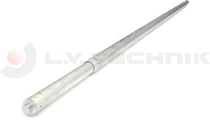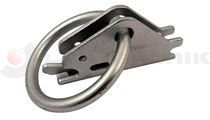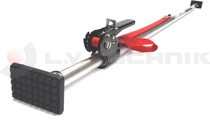Cargo bar alu buffering 2350-2720mm 42mm
Code
LK8012
Price
Please sign in
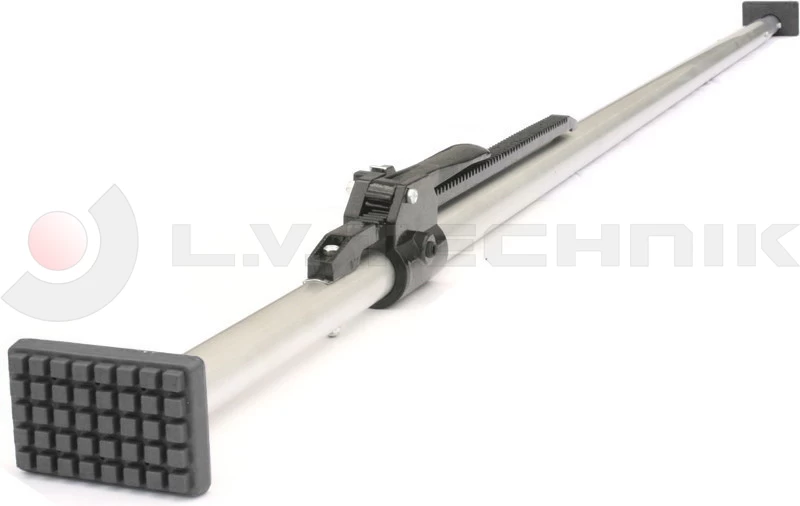

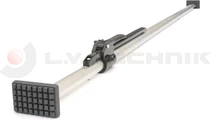
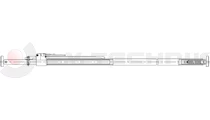
Min. stroke (mm)
Max. stroke (mm)
Diameter (mm)
2350
2720
42
- 42mm thick with springs stroke length: 2350-2720mm
- with antislip cover on the fixing surfaces
- Capacity: 150daN
Material
anodized aluminium
Weight
4,8 kg
Stock
Lajosmizse
-
Szigetszentmiklós
-
Cargo bar alu buffering 2350-2720mm 42mm Wistra
Code
LK8011
Price
Please sign in
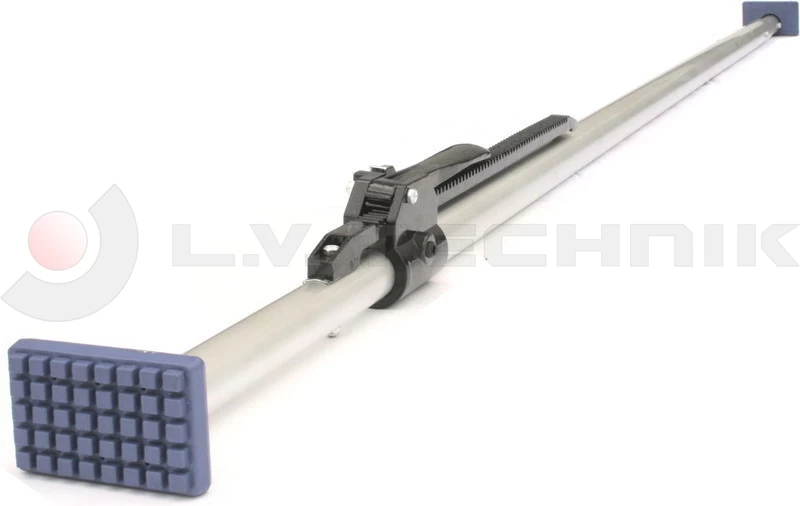

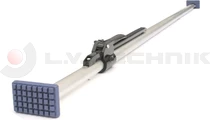
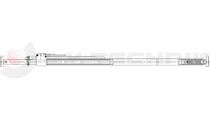
Min. stroke (mm)
Max. stroke (mm)
Diameter (mm)
2350
2720
42
- 42mm thick with springs stroke length: 2350-2720mm
- the product hasDEKRAcertificate
- with antislip cover on the fixing surfaces
- Capacity: 150daN
Material
anodized aluminium
Weight
4,8 kg
Stock
Lajosmizse
in stock
Szigetszentmiklós
in stock
Load securing by blocking
In case of blocking load securing the load is placed tightly next to each other - typically the foremost load is lied against the headboard -, and the free surfaces are blocked with a proper cargo control device to prevent the whole cargo from sliding. These devices are mainly bars, beams or parting wall locks, but it can be done with lashing straps also.
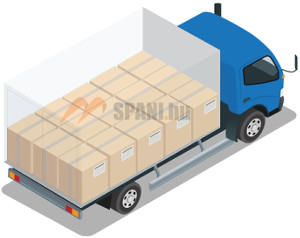

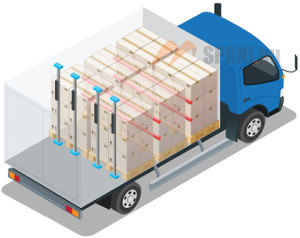
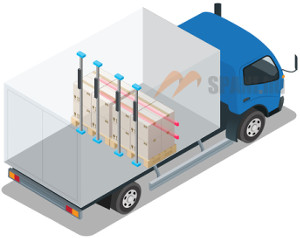

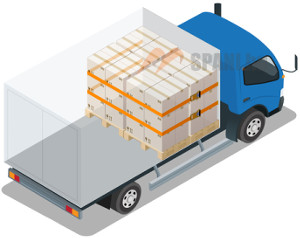
- With a double hook made of 6mm round bars at both ends.

